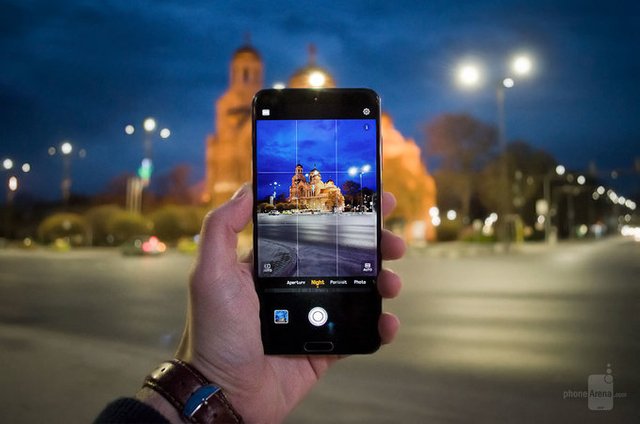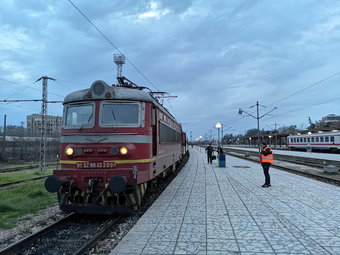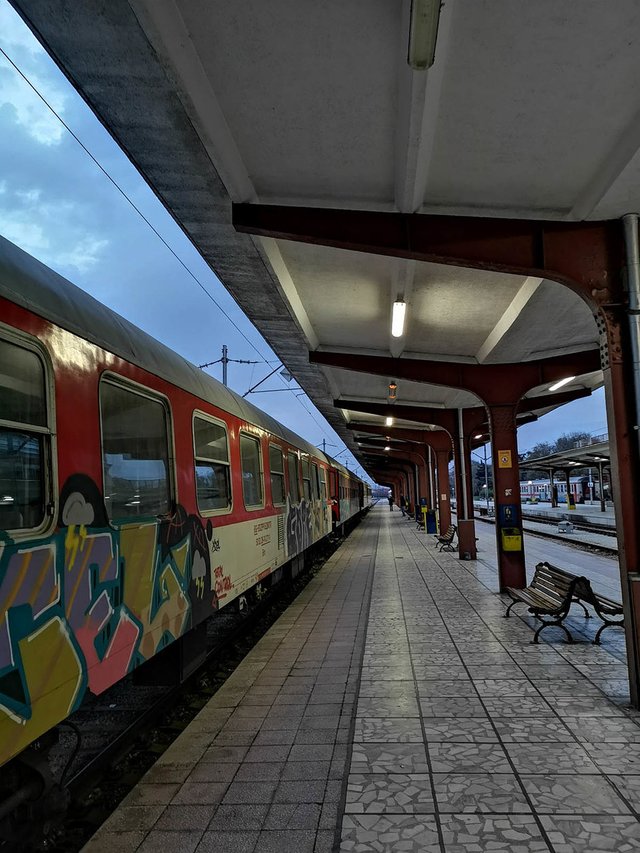Huawei P20 Pro vs Pixel 2 XL vs Galaxy S9+ vs iPhone X: low-light camera shoot-out
Being what my colleagues would describe as a "photography aficionado" (a.k.a annoying camera geek), and someone who loved the 20MP monochrome cameras on the Huawei P9 and the P10, I was excited to learn that the Huawei P20 Pro will feature three cameras and a massive (for today's smartphone standards) 1/1.7-inch sensor for better low-light performance. Not to mention the f/1.8 aperture, which albeit not the lowest f-stop number we've seen on a smartphone, is actually capable of capturing quite a bit more light than the competition, thanks to the increased surface area of the sensor.
So, naturally, I couldn't wait till I got my hands on the P20 Pro and took it out for some night-time photos, along with some of the other top-shelf smartphone cameras. And so I did, and now there are questions that I want and will try to answer about P20 Pro's low-light performance. Is it really the best? Or is it great in some areas, while not as decent in others? The answers to these questions and more, you will find here! This is Huawei P20 Pro against the Samsung Galaxy S9+, the iPhone X, and the Pixel 2 XL: low-light camera shoot-out.
Is Huawei P20 Pro the best smartphone for low-light photography?
Before we begin the comparison-proper, and before we can answer the question posed above, we should take a better look at how P20 Pro's much-touted "Night" camera mode works. To see how it differs from the normal "Photo" mode, I decided to start out by taking two shots in the two different modes before it got completely dark out. Turns out, this is a great way to get a better idea of how "Night" mode actually works, as some of the things it does become much less apparent when there's no light left in the sky. So, let's have a look at these two images.
Night mode OFF
This is how "Night" mode on the Huawei P20 Pro works (too-long-don't-care version):
The camera takes multiple photos at different exposures, starting at underexposed, through properly exposed, then overexposed. This is called exposure bracketing and is done so that, when the images are blended, the software can pull detail in the shadows from the overexposed shots, and detail in the highlights from the underexposed images. This process takes 5 seconds and image resolution is limited to 10MP.
The exposures are then blended (or stacked) to create an HDR image
Aggressive noise reduction is applied
The result is "sharpened" by applying local contrast and structure adjustments. These mostly affect the mid tones and create the illusion of a sharper image.
As you can see from the example above, Huawei's processing techniques are quite aggressive, though they do help when shooting in very poor lighting. This example serves only to better illustrate what's happening behind the curtains, as very dark environments don't lend themselves quite as well to granular inspection. That said, we are going to be shooting in "Night" mode on the P20 Pro for the rest of this comparison, as it is the intended mode to use when shooting at night. However, we'll also try out the regular "Photo" mode in some scenes, and even enable the 40MP setting, which is otherwise unavailable when shooting in "Night" mode.
With all this said, let's now begin the actual comparison to see how the Huawei P20 Pro stacks up against the best smartphone cameras on the market when it comes to night-time photography.
As is customary in our low-light shoot-outs, we are starting out at twilight. This way, we can see how the performance of each camera changes as we move through dusk, and then cut to the chase when night falls.
Right off the bat, Scene 1 is a disaster for the Huawei P20 Pro, with the Pixel 2 XL and the Galaxy S9+ producing the best-looking images, followed by the iPhone X. It's hard to pick between the Pixel and the S9+, as they excel in different areas. Details farther away in the scene have better definition on the Galaxy S9+, while the foreground, the writings on the train for example, look more natural the Pixel shot. The S9+ photo also exhibits ringing artifacts around some of the darker edges (these are the glowing lines that appear as a results of aggressive sharpening), which may turn some people off.




Hi! I am a robot. I just upvoted you! I found similar content that readers might be interested in:
https://www.phonearena.com/news/huawei-p20-pro-apple-iphone-x-google-pixel-2-xl-samsung-galaxy-s9-plus-low-light-night-camera-comparison_id104179